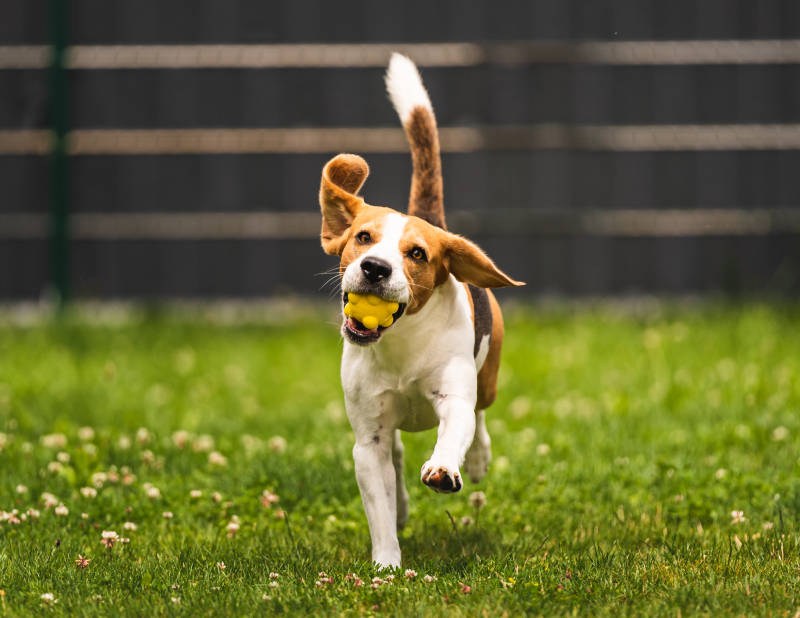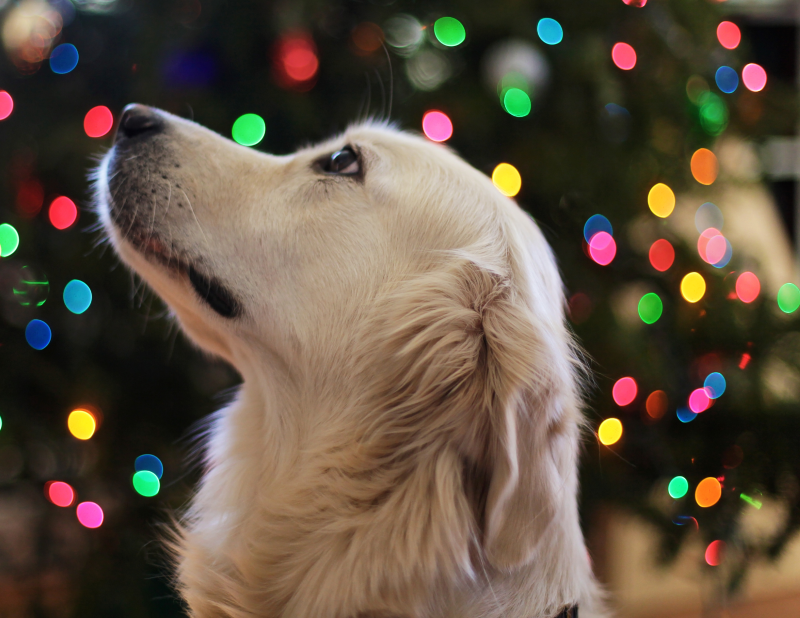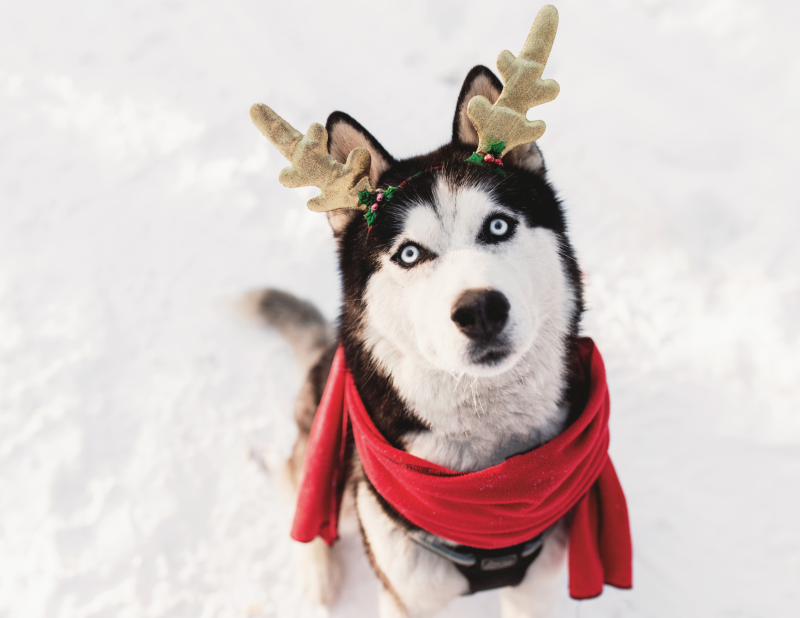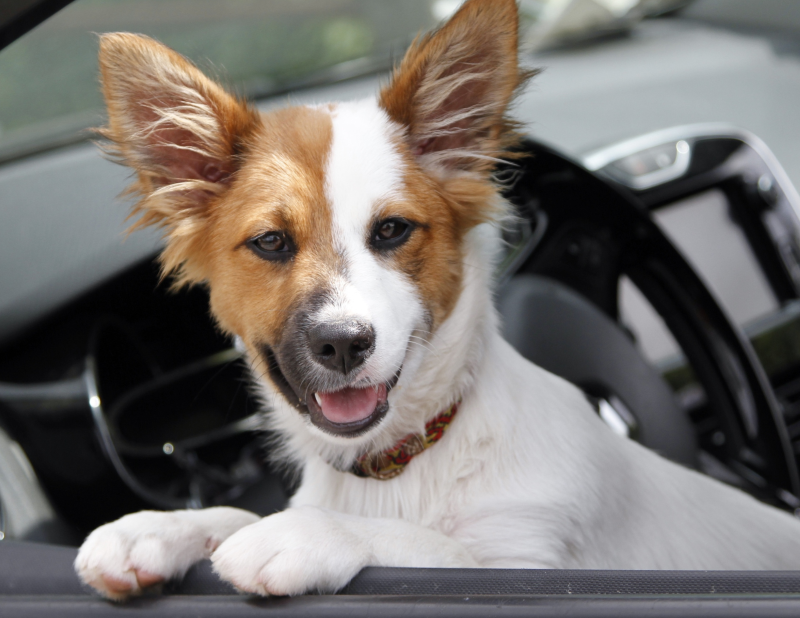Running a dog daycare is more than just providing a place for dogs to stay while their owners are away. A successful facility creates an environment that is safe, stimulating, and comfortable, supporting the physical and emotional well-being of every dog. At the same time, your staff need tools to keep operations running smoothly. That’s where dog daycare software comes in — helping facilities track safety, schedule activities, monitor dogs, and communicate with pet parents, all while keeping your operations organized and efficient.
1. Prioritizing Safety
Safety is the foundation of any dog daycare. Dogs need secure spaces to explore without risk, and owners need confidence that their pets are in capable hands. Key safety considerations include:
- Secure fencing and gates to prevent escapes and accidents
- Proper supervision of playgroups to reduce fights or injuries
- Monitoring activity levels to prevent overexertion or overheating
- Sanitation protocols to prevent illness
How software helps:
- Clear staff scheduling: By organizing staff schedules and tracking clock-ins/outs, software ensures there are enough team members available to supervise playgroups and maintain safe ratios.
- Playgroup visibility: Assigning dogs to daycare rooms or groups within the software gives staff a quick way to see where each dog is meant to be, helping prevent mix-ups and overcrowding.
- Documenting observations: Staff can note behavior or health changes directly on a pet’s profile or report card, creating a record that supports early intervention and ongoing care.
2. Enrichment and Mental Stimulation
Dogs need mental and physical engagement to stay happy and healthy. Enrichment prevents boredom, promotes positive behaviors, and reduces stress. Some ideas include:
- Interactive toys and puzzle feeders that challenge problem-solving skills
- Rotating play equipment to keep physical activity engaging
- Structured group activities, like supervised play sessions, agility exercises, or short training lessons
- Scent trails or exploration zones for mental stimulation
How software helps:
- Track enrichment activities for each dog to ensure variety and prevent boredom
- Monitor behavior trends and progress, helping staff identify what engages each dog most
- Generate daily reports for pet parents, showing them exactly how their dog spent the day and providing transparency
3. Comfort and Relaxation
While stimulation is important, downtime is just as critical. Dogs need quiet spaces to rest and recharge after active play. Tips include:
- Quiet, climate-controlled rooms for rest and recovery
- Soft bedding and cozy nooks for shy or anxious dogs
- Calming sounds or aromatherapy to reduce stress
How software helps:
- Customize care plans for each dog, specifying when rest periods should occur or if solo time is needed
- Track individual dog preferences and special instructions to ensure consistent care across shifts
- Alert staff to dogs who may need extra monitoring during high-activity periods
4. Efficient Staff Workflows
Even the best-designed kennel environment can fall short without organized staff. Dog daycare software streamlines operations and reduces errors:
- Assign and manage tasks digitally, ensuring staff know exactly which dogs need attention
- Maintain detailed logs for feeding, medication, and enrichment activities
- Improve shift handoffs, so no information is lost between teams
How dog daycare software helps:
- Centralized records allow staff to spend more time with dogs and less time on paperwork
- Communication tools keep staff aligned and reduce mistakes during busy or overlapping shifts
5. Building Client Trust
Transparency and communication are critical for pet parent confidence. Using dog daycare software makes it easier to show families their dogs are safe, happy, and well-cared-for:
- Share photos, videos, and daily updates directly from the software
- Highlight facility features and enrichment activities in real time
- Send automated notifications about feeding, playtime, or any special care needs
These touches help build lasting client relationships, increase satisfaction, and encourage repeat business.
6. Leveraging Technology for Growth
Beyond daily operations, dog daycare software provides insights that support long-term growth:
- Track attendance and enrichment trends to optimize staff and facility usage
- Identify which activities or programs are most popular to guide future offerings
- Offer specialized services, like small-breed or senior playgroups, using data-backed scheduling
- Streamline bookings and payments, freeing staff to focus on quality care
By integrating software into your workflow, your daycare becomes safer, more engaging for dogs, and easier to manage, all while giving your clients peace of mind.
Conclusion
Designing a safe and stimulating kennel environment isn’t just about fences, toys, or bedding, it’s about creating a space where dogs thrive, staff can work efficiently, andpet parents feel confident. Incorporating dog daycare software ensures that every dog’s day is tracked, every staff member stays informed, and every client feels connected.
By combining thoughtful facility design with technology that supports safety, enrichment, comfort, and efficiency, your dog daycare can deliver exceptional care while growing sustainably.



